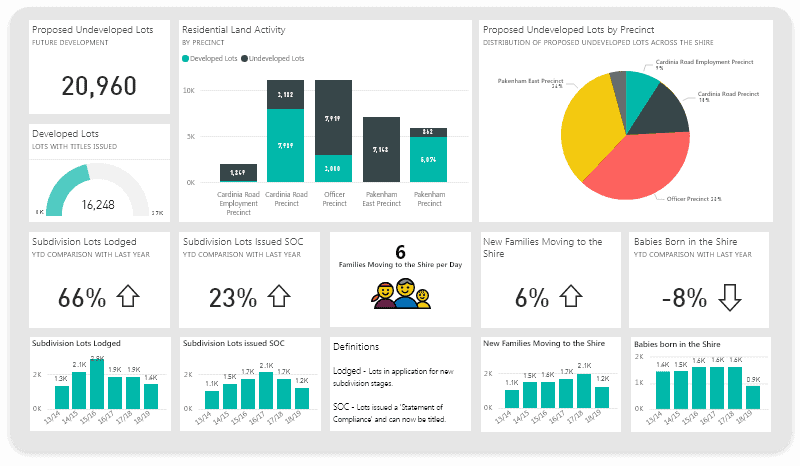
Firewalls are a key component of network security and are used to protect against unauthorized access and attacks. Here are some ways firewalls can be protected from attacks:
- Rule-based filtering: Firewalls can be configured to allow or block incoming traffic based on specific criteria, such as IP address, port, or protocol.
- Packet inspection: Firewalls inspect incoming and outgoing network traffic to identify and block malicious or unauthorized packets.
- Intrusion detection and prevention: Firewalls can detect and prevent intrusions by analyzing network traffic for signs of malicious activity, such as malware, hacking attempts, and unauthorized access.
- VPN support: Firewalls can support virtual private network (VPN) connections, which allow remote users to securely access a network from a remote location.
- Software updates: Firewalls should be regularly updated to address security vulnerabilities and improve their overall performance.
- Network segmentation: Firewalls can be used to segment a network into separate security zones, allowing for more granular control over access to sensitive information.
- Authentication: Firewalls can require authentication to access the network, which helps to prevent unauthorized access.
These are some of the ways that firewalls can be protected from attacks, but there are many others, and the specific security measures will depend on the needs of the organization and the type of firewall being used. To ensure the best possible protection against attacks, organizations should regularly assess their firewall security and implement best practices for firewall management and configuration.

















































































































